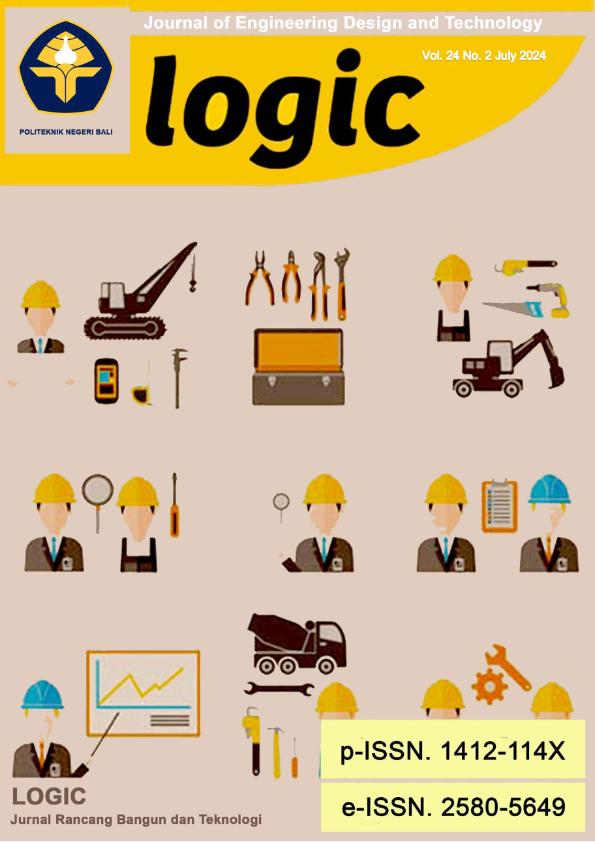EXPERIMENTAL STUDY OF THE UTILIZATION OF PINEAPPLE LEAF FIBER WITH THE ADDITION OF EPOXY RESIN TO THE TENSILE STRENGTH BREAK OF THE CONCRETE
Keywords:
Tensile Strength, Epoxy Resin, Pineapple FiberAbstract
In its development, many new concrete modifications were found, such as lightweight concrete, fiber concrete, polymer concrete, high-strength concrete and ultra-high-strength concrete. Epoxy resin can accelerate the hardening process of concrete because epoxy itself generates heat so that it helps accelerate hardening. In previous studies, the addition of areca nut shell fiber and 0.8% epoxy resin can increase the split tensile strength of concrete. Based on the description above, it is necessary to conduct research on the split tensile strength of concrete that combines a mixture of pineapple leaf fiber and epoxy resin. So this research uses pineapple leaf fiber and epoxy resin. Pineapple leaf fiber and epoxy resin are expected to be strength-enhancing materials that can produce concrete with more optimal split tensile strength. The purpose of this study was to determine the effect of the addition of epoxy resin and the percentage variation of pineapple leaf fiber on the split tensile strength of concrete and its comparison with normal concrete and to determine the percentage level of the addition of the most optimum pineapple leaf fiber to produce the maximum concrete split tensile strength test value among the planned variations. The method used in this research is experimental. From the results of the average split tensile strength test at 28 days, the epoxy resin variation of 0.8% achieved a strength of 2.87 MPa, the 0.15% variation achieved 2.37 MPa, and the 0.5% variation achieved 2.47 MPa








